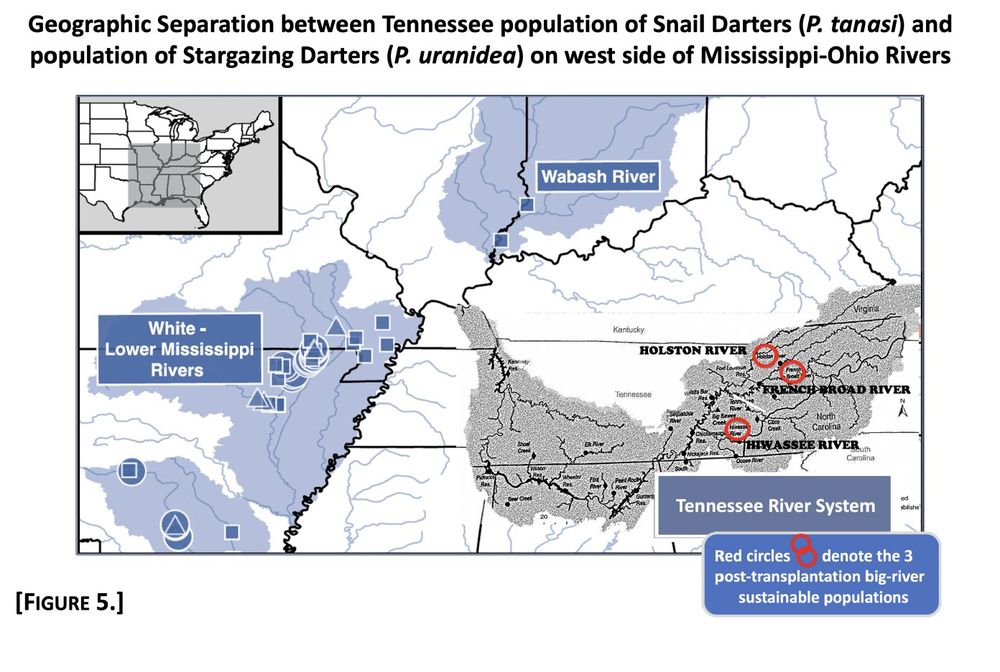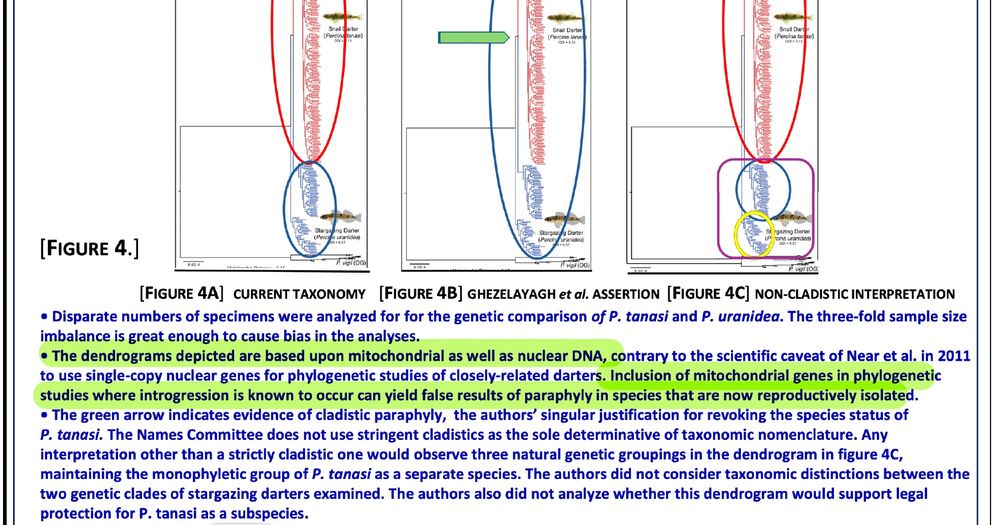
YC '23
Call me the ancient mariner cus I'm about to Bust a Rime
https://chasebrownstein.weebly.com
https://scholar.google.com/citations?user=hGy-fr8AAAAJ&hl=en&authuser=1
he/him



















(academic.oup.com/evolut/artic...)

(academic.oup.com/evolut/artic...)









